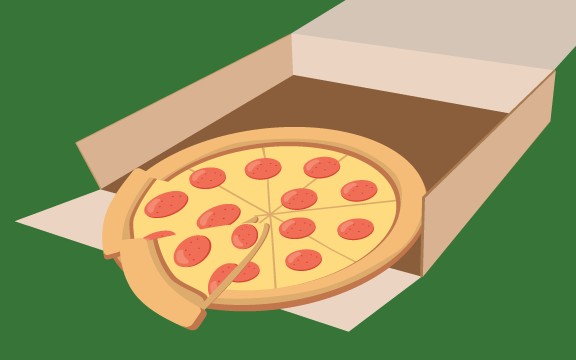Pre-Pandemic, 58% of all restaurant orders were takeout and delivery orders; since then, the gap between dine-in orders has grown even more. That’s why the type of food containers your restaurant uses is vital to your operations. Pick the wrong material; it could significantly decline your profitability or food quality in most of your orders. In this article, you can find a breakdown of all the commonly available food container types and their pros and cons.
Foam
This is one of the most popular container options for restaurants, largely due to its versatility. While the foam material is lightweight, it is also relatively durable and a good insulator to help keep food as warm as possible during transportation. The interlocking tabs on the lid make it easy for customers to re-seal the container to preserve their leftovers. The downsides to this option are that foam is not very environmentally friendly and cannot be put in the microwave.
Paper
Paper boxes are one of the most affordable types of takeout containers. And depending on what type you get, they can even be microwave safe. But before you go out and buy an entire month’s supply of paper containers, you need to know about some of the biggest downsides to this material.
For starters, not all paper food receptacles have a grease-resistant coating that will prevent them from getting soggy with particularly greasy or saucy foods. Paper packaging will also be less durable than many other materials on this list, so you might not be able to pack as much food as you’d like.
Aluminum Foil
As a pizzeria, foil containers might be the most appealing option. This is because the aluminum foil can repel the grease from pizza and other oily dishes and is highly effective at trapping heat. That’s why many pizzerias wrap up their food in a sheet of aluminum foil and then put it inside a small cardboard box (which is not as effective at repelling grease or retaining heat).
Unfortunately, foil is not very eco-friendly since it requires thorough cleaning before recycling and can take up to 400 years to break down in a landfill. It is not microwaveable but is oven-safe, allowing the customer to reheat their leftovers.
Plastic
Plastic is the most durable material for food containers and is also very good at maintaining an internal temperature during transport. Best of all, it is one of the only microwave-safe options, and it is freezable. They can also be eco-friendly, but this will entirely depend on your choice of plastic containers. But all of these advantages come with a big catch; plastic is one of the most expensive options you can purchase.
Sugarcane
Although far less popular than the other materials listed above, sugarcane (a.k.a. bagasse) containers remain a good option for restaurants. The design is similar to foam containers, with the same tabbed lid allowing easy re-sealing. It is also good at retaining heat and is entirely microwave and freezer-safe. But perhaps the significant advantage of sugarcane containers is that they are the most environmentally friendly option. If you’re going to go out and get some sugarcane containers, be prepared to pay more than you would with most of the other alternatives.
While choosing eco-friendly food container options like sugarcane and recyclable plastic can be a great way to make your restaurant more appealing to younger customer demographics, it’s only one of many things you can do. Here are four more ways to reduce your restaurant’s carbon footprint.
Posted on Wed, Jul 27, 2022 @ 08:07 AM.
Updated on July 27, 2022 @ 3:30 PM PST.

